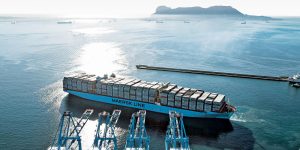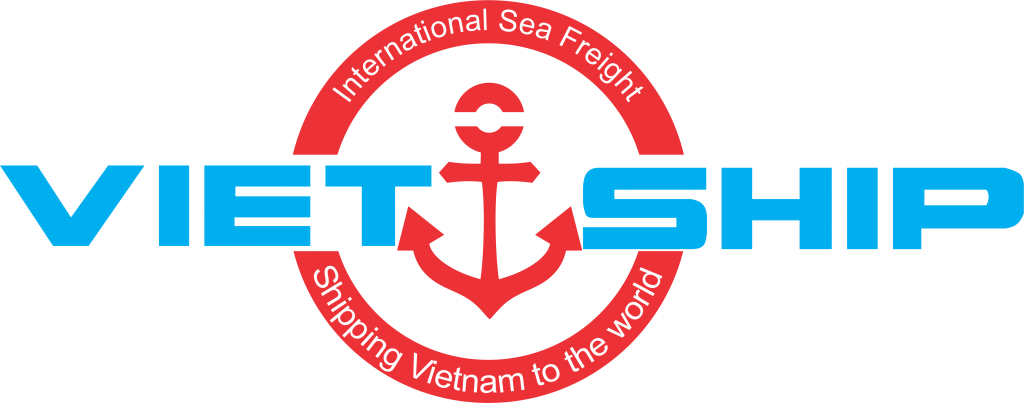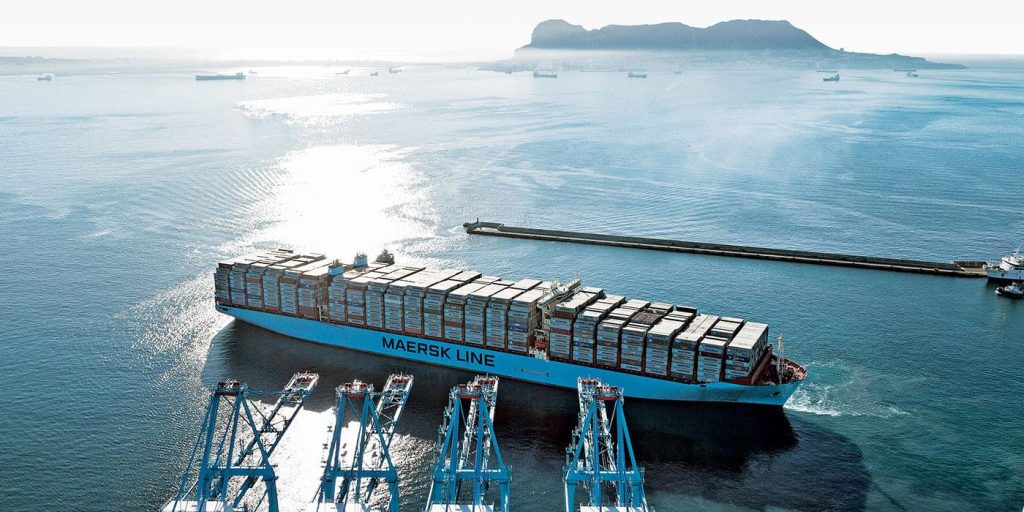Maersk Reroutes TP7 Service in Response to China’s New Port Fee Policy
Maersk has announced operational changes on its TP7 trans-Pacific service following the introduction of China’s latest “special port fee” for U.S.-linked vessels. Under the revised plan, TP7 vessels will skip calls at Ningbo, and instead discharge cargo at South Korea before onward transshipment. This adjustment reflects the broader impact of new port levies on global shipping routes.

What Changed?
-
China’s fee policy, effective 14 October 2025, targets vessels owned, operated or flagged by U.S. companies calling at Chinese ports.
-
Maersk confirmed that two U.S.-flagged vessels on the TP7 route will no longer call at Ningbo and will route via Busan (South Korea) instead.
-
Cargo bound for China via Ningbo will now be discharged in South Korea and transferred onto other vessels within Maersk’s network.
-
The operational adjustment highlights the carrier’s effort to minimise additional port costs and maintain supply-chain continuity.
Implications for Supply Chains
This rerouting has significant ramifications for shippers and logistics operators:
-
Transit times may lengthen due to additional transshipment points and altered sailings.
-
Freight rates are likely to increase, as carriers absorb higher costs and adjust capacity.
-
Route reliability is under pressure, particularly for cargoes previously scheduled via Ningbo.
-
Shippers must monitor service notices and plan for potential disruptions or cost offsets.
Strategic Take-Aways
-
Carriers such as Maersk are shifting routes to avoid fee exposure — this includes omitting Chinese port calls and redirecting to alternatives.
-
For shippers, the changes underscore the importance of route flexibility, service alternatives, and cost preparedness in a rapidly evolving regulatory environment.
-
Logistics planners should evaluate options: alternative export ports, changed sailing schedules, and revised transshipment strategies.
What Shippers Can Do
-
Review current routing commitments with carriers and inquire whether adjustments affect them.
-
Assess transit time sensitivity: if your cargo is time-critical, explore direct alternatives or premium service contracts.
-
Monitor freight rate changes: higher costs may be passed on from carriers – consider contract negotiation or alternative carriers.
-
Plan for contingency routing: identify alternate ports and transit hubs to mitigate disruption risk.
-
Track service notices: carriers will continue to publish updates on TP7 and other affected services — remain informed.
Conclusion
Maersk’s rerouting of its TP7 service reflects how new port-fee regulation in China is forcing major carriers to reconsider their network structure. For shippers engaged in trans-Pacific trade, this means heightened vigilance is necessary: route changes, cost adjustments and transit impacts are all unfolding in real time. By staying proactive, businesses can preserve supply-chain resilience amid shifting regulatory landscapes.

